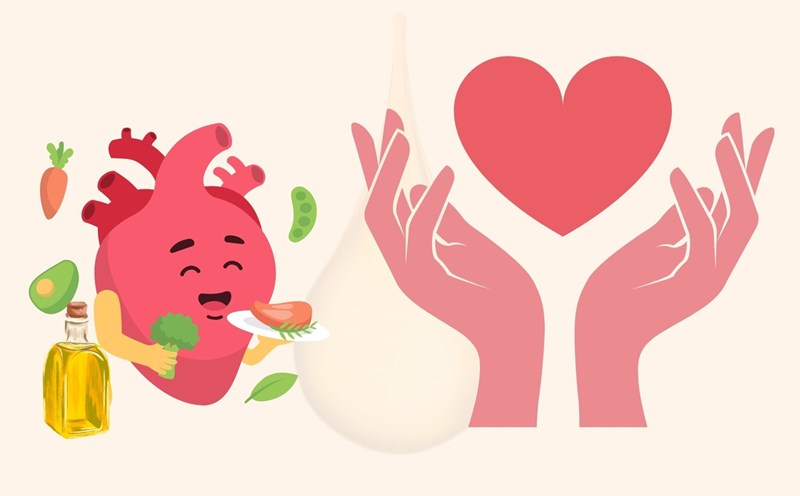Push-ups are a simple but effective exercise that brings many benefits to women, especially in their 30s. With just 15 minutes of exercise per day, this exercise helps strengthen the body, improve posture, increase metabolism and support heart health. At the same time, push-ups also help reduce fat, strengthen bone health and improve mental health.
Increase muscle strength
Push-ups help strengthen the muscles in the chest, shoulders, arms and abdominal muscles. Maintaining muscle strength in your 30s is important as it helps maintain overall flexibility and health, while minimizing the risk of muscle loss as you age.
Boosts metabolism and reduces fat
Push-ups help stimulate metabolism and burn calories, thereby effectively supporting fat loss. This is an ideal exercise for women who want to maintain a healthy weight.
Improve posture and reduce back pain
Push-ups help strengthen the back and core muscles, improve posture and reduce tension in the lower back, prevent back pain problems caused by prolonged work or sitting too much.
Improve bone health
With the risk of osteoporosis as we age, push-ups are weight-bearing exercises that help improve bone density and protect bone health, reducing the risk of osteoporosis later on.
Supports cardiovascular health
Push-ups help improve blood circulation and cardiovascular function, thereby reducing the risk of heart disease and maintaining a healthy heart.
Improve mental health and confidence
Exercise releases endorphins, which help reduce stress and anxiety. Completing a push-ups every day not only improves your physical condition but also helps you feel more confident and mentally stronger.
Notes when doing push-ups
Listen to your body: If you feel tired or pain while exercising, you should rest and adjust your exercise regimen accordingly.
Pay attention to the technique: To avoid injuries, make sure you do the correct technique, especially when lowering your body and pushing it up.
Start slowly: If you are just starting out, try exercising with fewer sets of exercise and increase over time.











